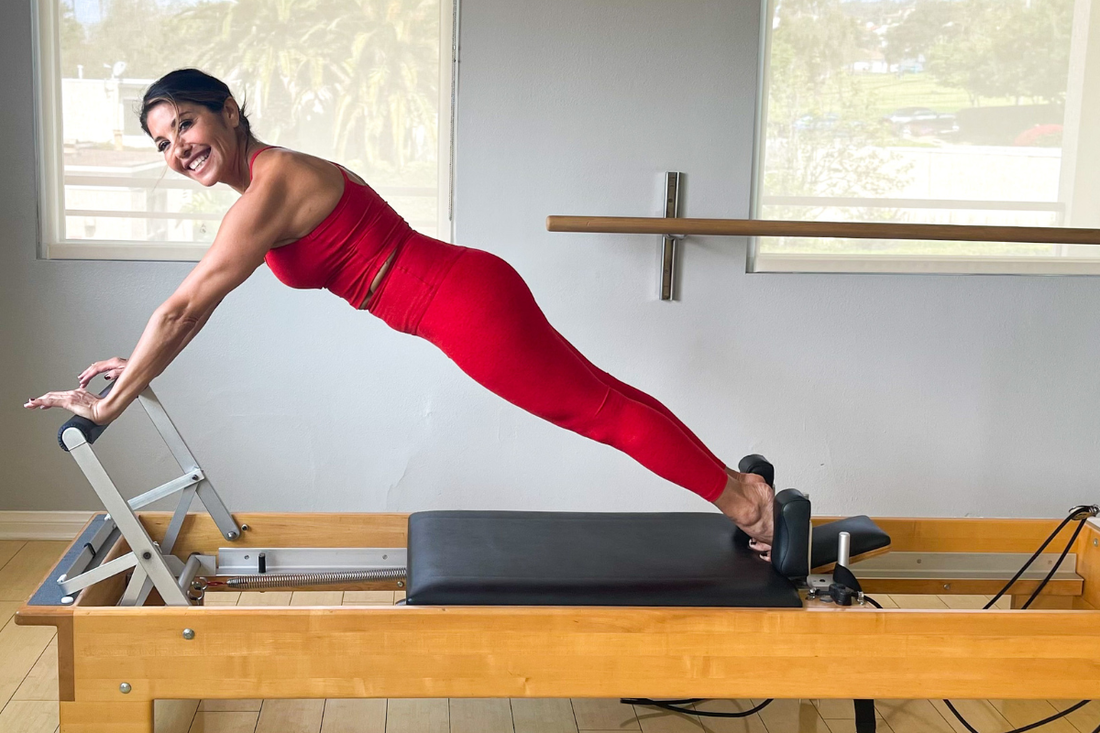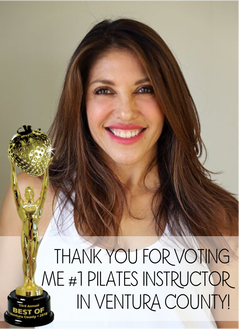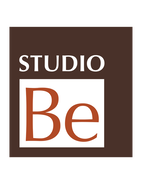|
The “Powerhouse” is one of the most important concepts in the classical Pilates method, as Joe Pilates wrote about in his book Return To Life in the 1930s.
In recent years, the ideas of “core strength” and “core training” have become very popular and are used somewhat interchangeably with “Powerhouse,” but they’re not the same. Let’s dive deeper into the anatomy of the Pilates “Powerhouse” and why it’s so important to the practice of Pilates. New to the Pilates world? Here are 15 Pilates terms to familiarize yourself with before taking your first class. The Anatomy of The Pilates Powerhouse Joe Pilates’ “Powerhouse” is an area of the body that includes the following muscle groups and subgroups. The Abdominal Muscles
The Deep Back Muscles - Semispinalis - Multifidus - Rotatores Three big words and a lot of information to get caught up on here. So, in brief, together these deep back muscles create a chevron-like shaped musculature. They attach to the back bones and side bones of the body. These muscles are responsible for extension, rotation and side-bending. When back muscles are weak, the spine can become compromised and cause back pain and various other issues. The semispinalis, multifidus and rotatores muscles help stabilize the verbal column, aid in balance and help maintain posture. The Hip Flexor Muscles - Psoas major - Psoas minor - Iliacus These three hip flexor muscles are what attach the thigh bone to the pelvis. The psoas attaches to the spine and crosses the hip flexor, supporting the body’s upper extremities and lifting the legs in conjunction with the abdominals. Modern life puts a lot of stress on the hip flexor muscles and consequentially pulls the spine into forward flexion if they are weak, causing back issues. Why Is The Powerhouse Important? The muscles that make up the “Powerhouse” work together to form a supportive corset for your trunk. Joe Pilates’ method teaches that all movement starts in the “Powerhouse.” Not only do these core muscles help stabilize and balance, but they also help us create the bigger and more explosive moves we make. A strong and pliable “Powerhouse” promotes better posture and improves spinal health. It leads to noticeable improvements in one’s strength, stamina, flexibility and balance, plus a greater overall feeling of wellness. The Pilates method teaches students how to activate their “Powerhouse” in various exercises while stabilizing and engaging specific muscles. It is taught along with proper breathing and focus to retrain the body to “power-up,” breathe and engage from the center (including your hips and glutes—we will talk more about the gluteal muscles soon). Activate Your Pilates Powerhouse Discovering, building and strengthening your Pilates “Powerhouse” is a huge part of our practice at Studio Be. We believe it’s never too late to retrain and learn how your use your body for stronger, healthier results. Ready to start engaging your “Powerhouse”? Come take a class with us! If you’re new to the Pilates world, the best way to get started is taking a private class to learn the proper movements. For a limited time, we’re offering 3 private sessions for only $225—click here to get started!
0 Comments
Leave a Reply. |
About The AuthorFitness has always been a guiding force for Kathy Lopez, owner of Studio Be. Her inherent drive for health has naturally translated into helping others achieve strength, balance and wellness. Kathy has been voted Ventura's best Pilates instructor nine years in a row. Learn more... Categories
All
|
Be Strong. Be Flexible. Be Well.[ Home ] [ Our Services ] [ Our Instructors ] [ Class Schedules ] [ New Students ] [ Get in Touch ] [ Specials ]
1455 E. Main Street. Suite 200, Ventura, CA 93001
Copyright © Studio Be, 2017. All rights reserved.
|



